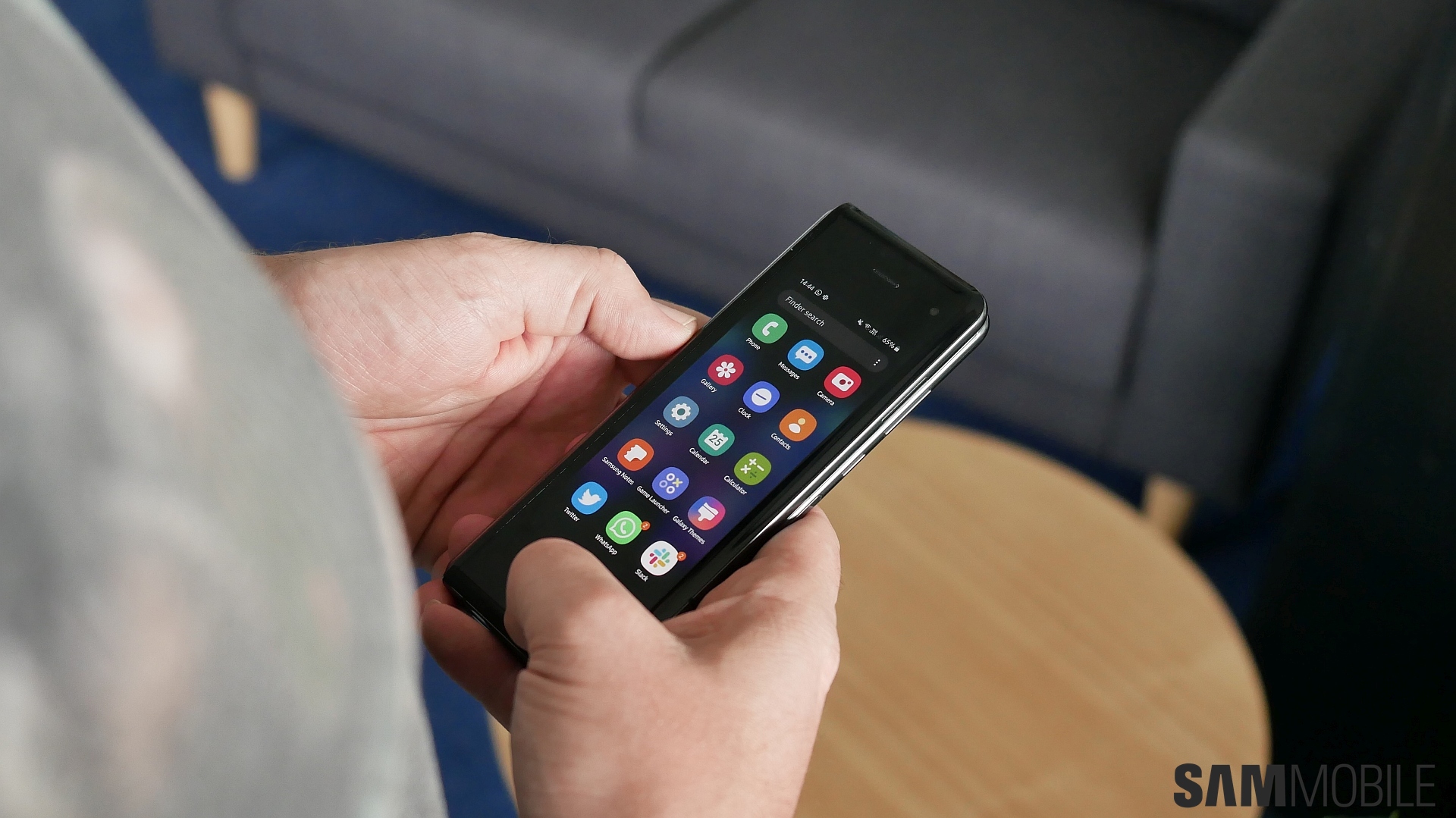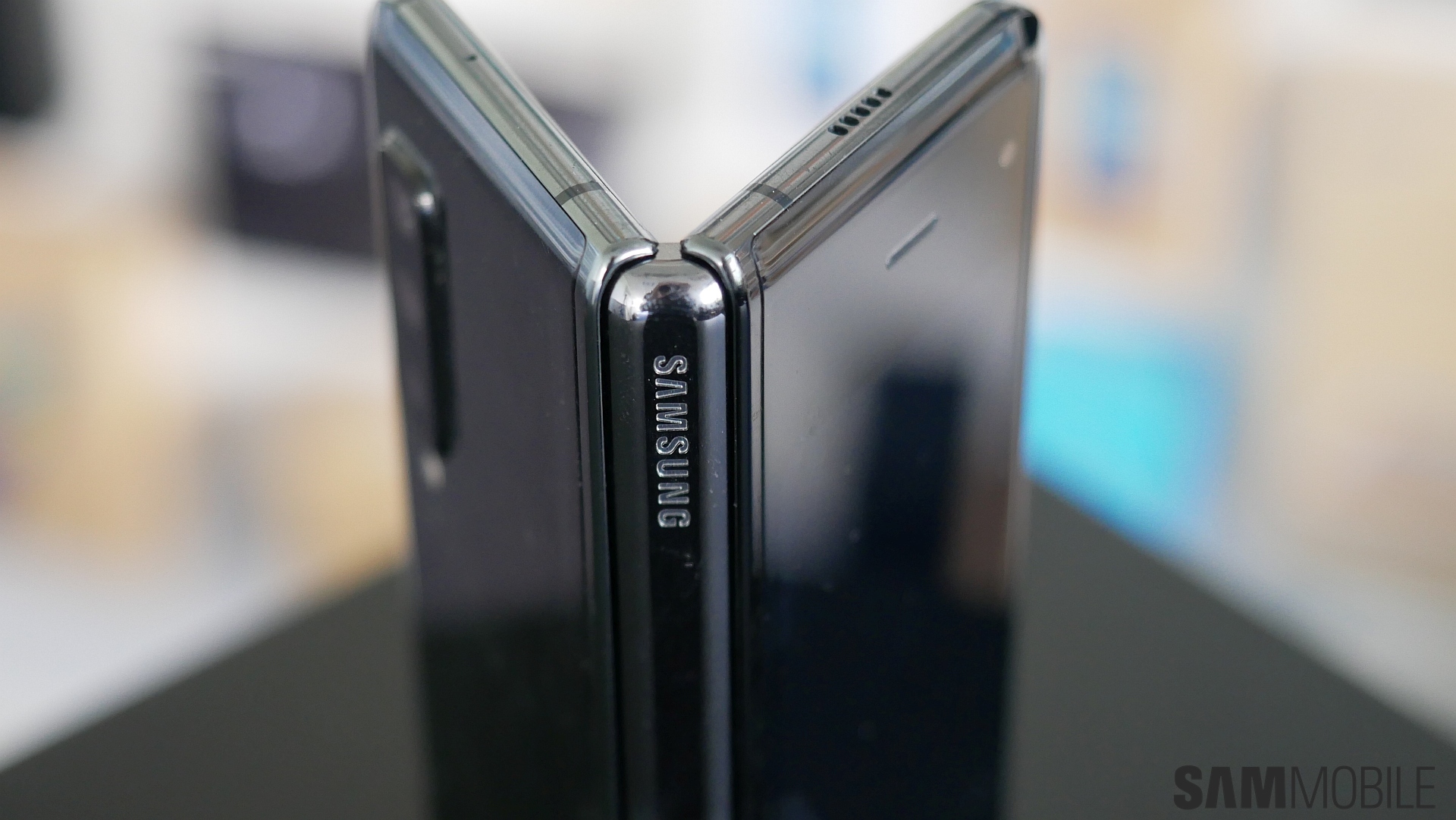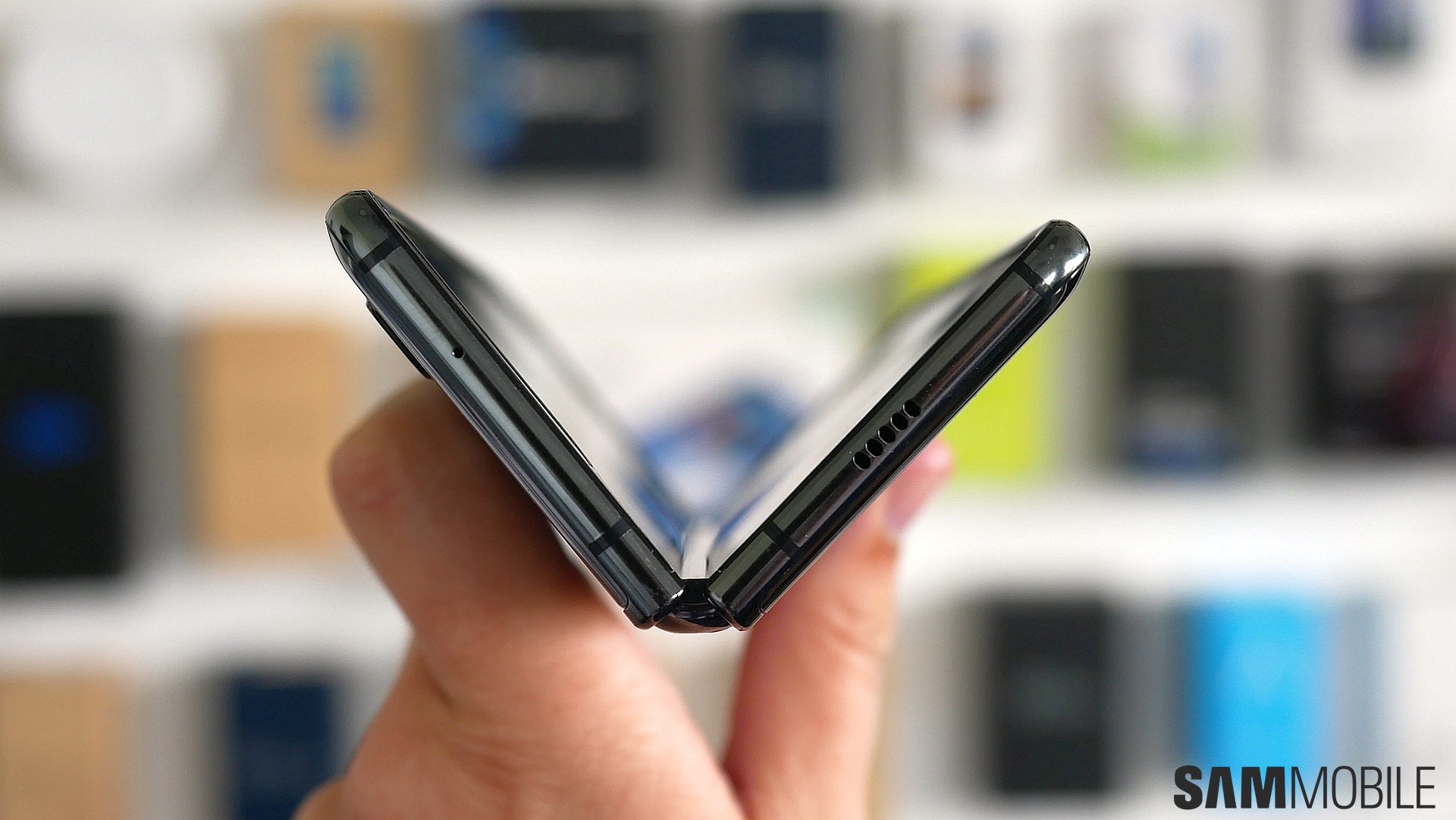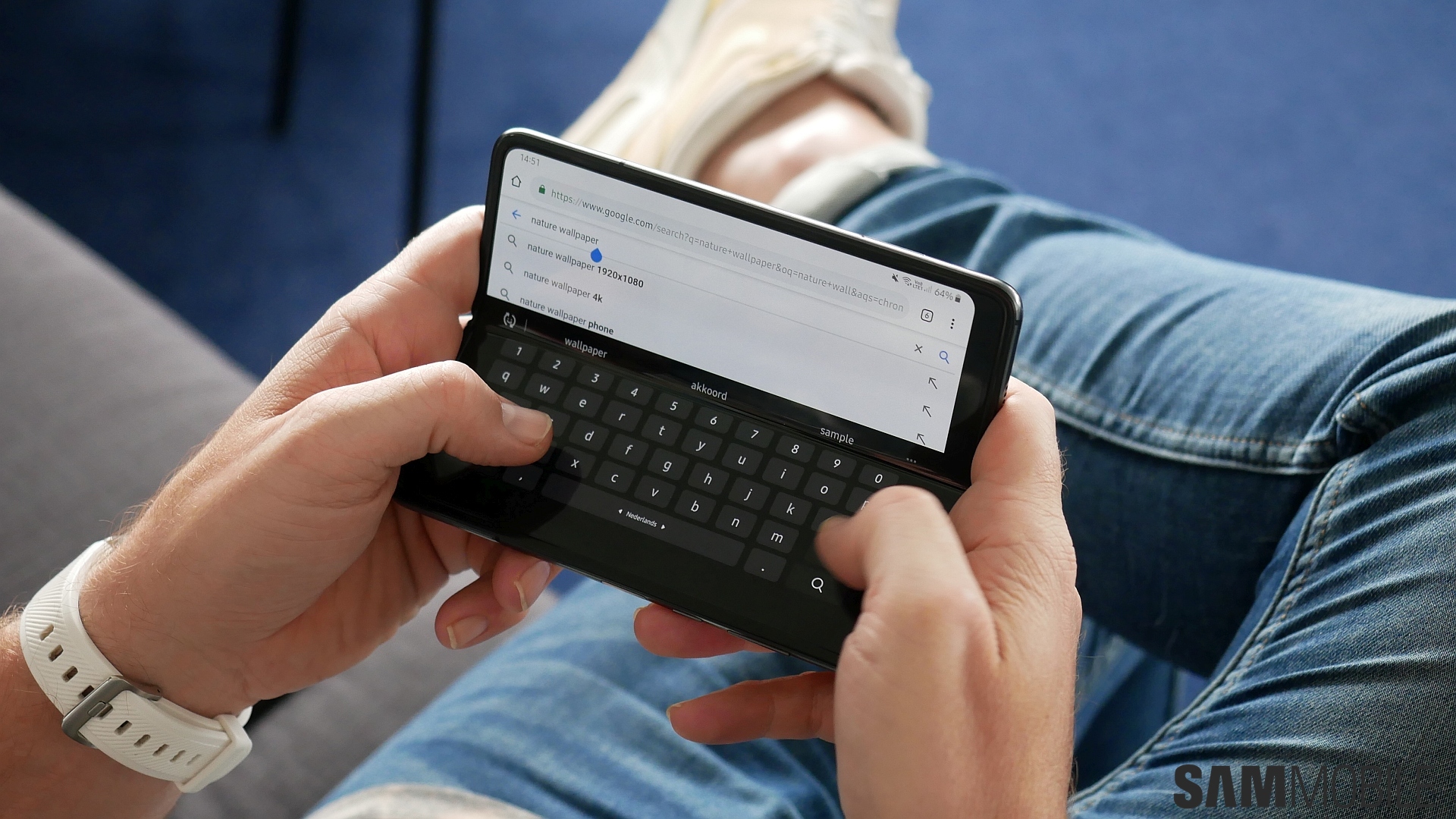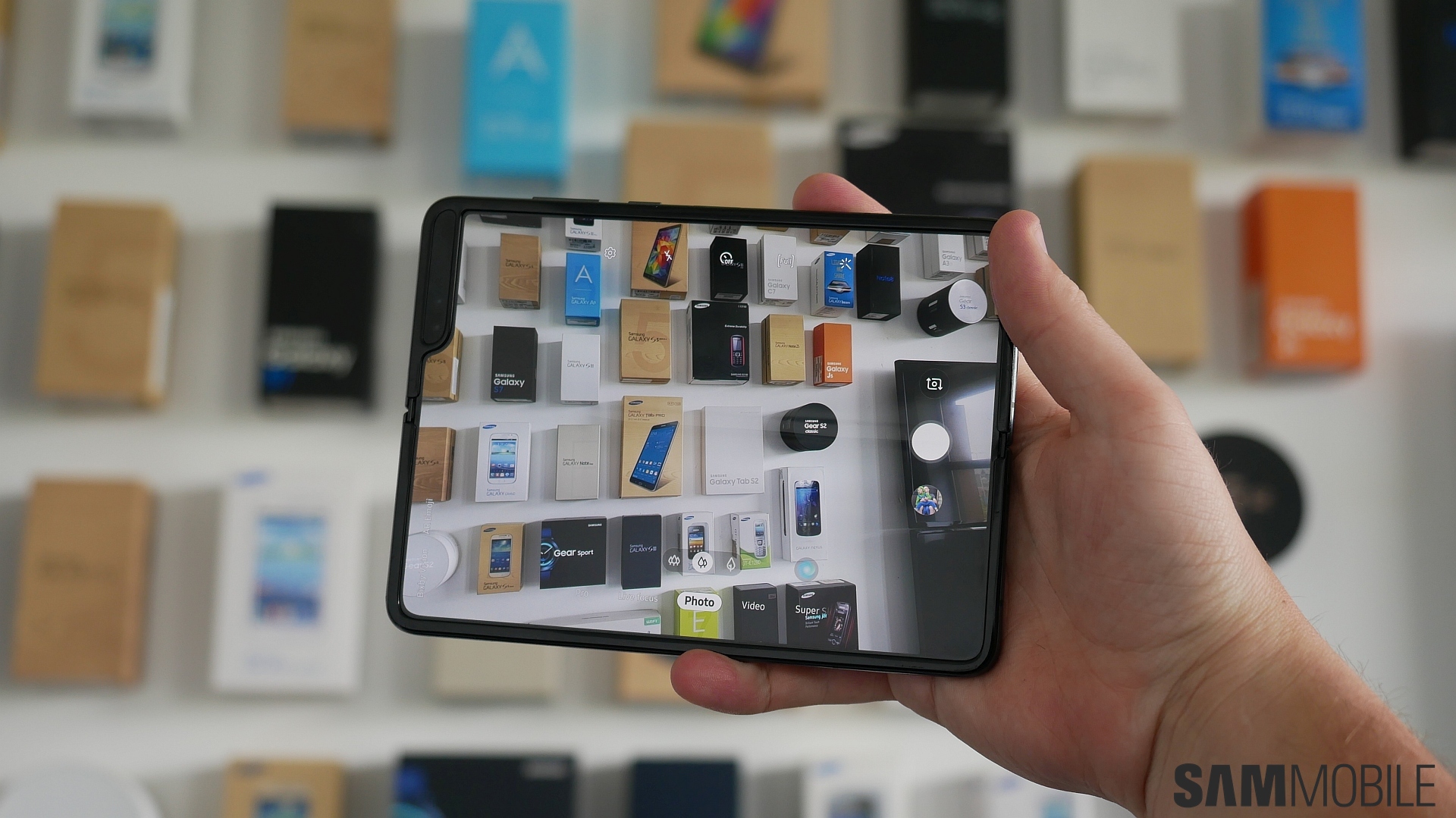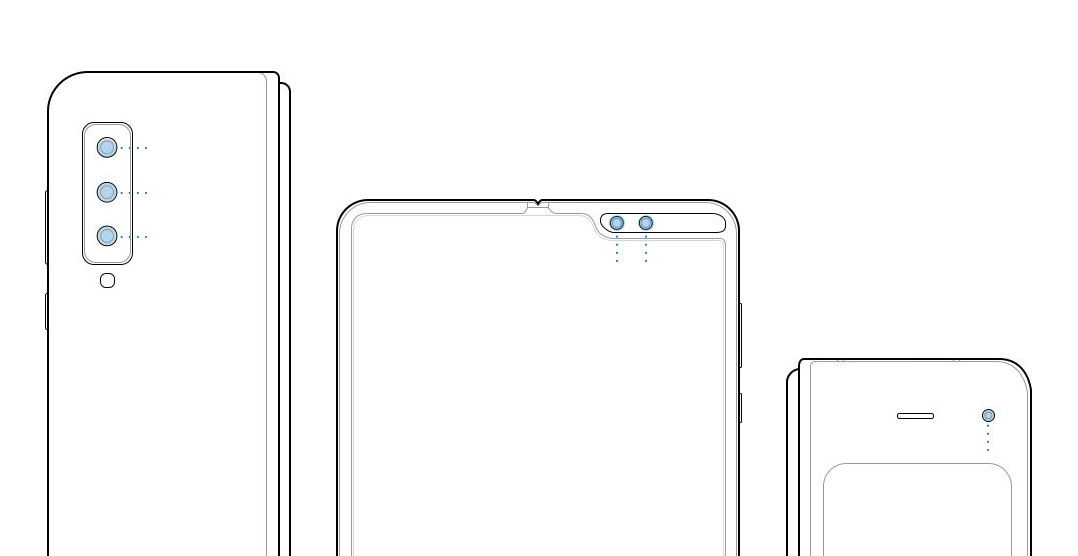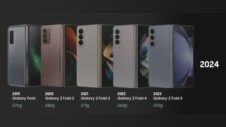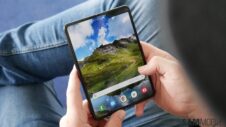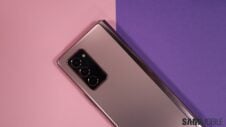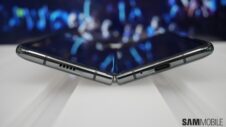The wait for the Galaxy Fold is almost over. The phone’s redesign process has concluded and Samsung is now comfortable enough to schedule the Fold’s re-release to September – albeit possibly in fewer markets and certainly through fewer carriers than initially planned.
The main concern right now is whether or not you should buy one. What makes the Galaxy Fold a device worthy of your money? Should you skip the Galaxy Note 10 and wait for the redesigned Galaxy Fold to launch instead? Ultimately, this decision belongs to you (as it should).
We're excited about the Galaxy Fold’s return, and following yesterday’s official news of its re-release, we wanted to reevaluate and determine what makes it a worthy device. You might not feel the same, but regardless, here are a few reasons to consider buying one. Inevitably, this list also touches on who this device might be for, so if you're unsure in which camp you reside then perhaps you might have a clearer view by the end.
State-of-the-art technology, finally made reality
Smartphone enthusiast or “tech geeks” who have been following the mobile industry over the past 5-or-more years should be aware that the idea of a smartphone featuring a flexible screen is not new. For many years, as the technology was being perfected, both Samsung and LG have teased us with flexible panels at various tech events. They were featureless, without a chassis or frame, and were attached to simple stands without offering a concrete view of how a final product might look like. They were lacking any practical utility but offered a glimpse of the future.
If you’re not new to the mobile scene then you must already know about this. Countless articles across the so-called “mobile blogosphere” have been written over the years, teasing and speculating when this incredible technology might make it into the hands of consumers. Well, the wait is nearly over, and if you think you’ve been waiting long enough then the fabled foldable screen can finally be yours by the end of the year.
It’s a fresh new form factor, and it’s unique among its competitors
The Galaxy Fold introduces an entirely new form factor to the mobile industry. If you’re one of the many smartphone enthusiasts who have gotten bored of the ubiquitous “candy bar” design that’s been defining the mobile industry for more than a decade, the Galaxy Fold must feel like a breeze of fresh air. And because the foldable form factor as a whole is completely new, it hasn’t yet homogenized. In other words, the Galaxy Fold is unique even among other foldable devices.
It’s probably the best interpretation of a foldable phone yet
Unlike the Royole FlexPai and the Huawei Mate X, the Galaxy Fold carries its foldable screen on the inside. This design choice differentiates it from its competitors, and more importantly, it probably represents the best implementation of the foldable screen concept yet.
In the defense of its closest rival, the Mate X's design does result in a larger outer screen when the phone is folded. However, Samsung’s solution might be better in practice because it seems like its foldable screen is a lot less likely to being damaged. Foldable screens are generally not as well protected as standard non-flexible screens because they are not covered in Gorilla Glass or alternative solutions. These panels are simply more susceptible to damage, and the Galaxy Fold takes this into consideration more so than its rivals. It seems more futureproof, and as a result, it might be a wiser investment if you want to be an early adopter.
The practical stuff – it folds! (Hopefully without any issues in the near future)
The Galaxy Fold, folds. This isn't a revelation, but without spending some one-on-one time with the device itself, you might not fully realize just how incredible it is to be able and turn your smartphone into a tablet in an instant.
If you’re a smartphone and tablet user, the Galaxy Fold technically makes it possible for you to abandon these devices and get the functionality of both from a single product. This is partly enhanced by App Continuity, which allows certain apps to automatically transfer from one screen to another without closing. The early version wasn't perfect, but Samsung used the time following the phone’s delay to further improve the firmware. Yesterday the company confirmed to have improved the UX with better app compatibility, and this could mean that support for App Continuity has expanded to more apps.
Likewise, if you would like to carry a tablet around but you don’t because it’s not convenient enough, the Galaxy Fold solves this problem. Granted, it could be argued that the Fold’s smaller outer screen is not as large as the panels usually found on regular smartphones, but we think that the Fold is simply greater than the sum of its parts.
The technical stuff – UFS 3.0, great cameras and true stereo speakers
The Galaxy Fold is set to become one of the fastest smartphones on the market thanks to the inclusion of UFS 3.0 storage, which is technically as fast as an SSD for personal computers. It won’t be the first smartphone to adopt UFS 3.0 storage, and the Galaxy Note 10, too, is rumored to make use of this standard, but this doesn’t diminish the fact that the Galaxy Fold should be very fast. It does lack expandable storage, but it comes with a whopping 512GB UFS 3.0 as standard, so you probably won’t miss the microSD slot.
It also packs a great camera setup including a total of six sensors. The main triple-camera combo comprises two 12-megapixel units (one wide and one telephoto with 2x optical zoom), while the third 16-megapixel shooter has an ultra-wide lens. Then there are two cameras in the upper-right corner of the large screen. One has a resolution of 10 megapixels and the other is an 8-megapixel RGB depth sensor. Finally, the so-called Cover Camera which resides above the small exterior screen has a resolution of 10 megapixels and a field of view of 80 degrees. No matter how you use the Galaxy Fold, you will have access to one or more cameras for high-quality selfies and landscape photography.
As for audio, the Galaxy Fold – unlike the Galaxy S10 – has actual stereo speakers and sports a separate, dedicated earpiece. In our early review of the first Fold version, we've determined that the speakers are loud and the sound quality is fantastic. This should make it a great device for multimedia consumption. The audio package supports DSD64/128 and the phone comes with a pair of Galaxy Buds included in the box.
The cool factor is through the roof
This should speak for itself. If you’re a gadget enthusiast who's looking a bit more beyond the practical then there’s no denying that the Galaxy Fold is an insanely cool device. And it's probably a great conversation starter too. It simply looks like nothing else on the market, and if you’ve always been an early adopter of groundbreaking technologies then you probably can’t go wrong with the Galaxy Fold.
The phone should launch in two base colors – Space Silver and Cosmos Black – but in some markets, you should be able to further customize it with different color combinations. This includes Martian Green and Astro Blue exterior finishes, which can be coupled with either a Gold or Dark Silver hinge.
Conclusion
The Galaxy Fold is probably not going to be for everyone, for a couple of reasons. Not only will it be subjected to a more limited launch compared to a regular smartphone, but the price is a bit spicy too. Besides, as cool as it is, the Galaxy Fold had a rocky start, and the foldable concept as a whole – made by Samsung or anyone else – is not yet truly tested. Not everyone will want to risk an early adoption of a (possibly) game-changing, yet expensive device. However, if these things don’t concern you and if you’ve always been at the forefront of mobile technology, or if you'd simply enjoy the functionality of a phone and a tablet in a single convenient package, then the Galaxy Fold has plenty to offer.
